|
 |
On 2025-09-11 10:27 (-4), Cousin Ricky wrote:
> On 2025-09-11 03:24 (-4), William F Pokorny wrote:
>> On 9/10/25 20:08, Cousin Ricky wrote:
>>> I tried samples 10, 10, and that improved the reflection; but now the
>>> media photons are considerably dimmer than before.
>>
>> [snip]
>>
>> A simple example. Suppose looking down on the media box we have,
>> vertically, a very thin layer of deposited photons. In our set up we
>> take 3 primary samples and no adaptive samples. Further, camera ray
>> paths traveling down into the media box are such that only the middle
>> sample of the 3 lands in the middle of our thin layer of deposited media
>> photons. The resultant media intensity is calculated as 1/3 for the
>> three samples.
>>
>> Now we up the samples to 10, but still only one of those 10 sample lands
>> in our thin layer of deposited photons. The calculated media intensity
>> is now 1/10 for the samples taken.
>>
>> [snip]
>>
>> With that mirror's reflected rays, and our simple example, we could have
>> reflected ray paths which run much 'longer' within that thin layer of
>> deposited photons than they do more generally in the scene - resulting
>> in unrealistically bright reflections.
>
> So, what I'm getting is that my earlier renders were too bright, and the
> "dimming" is actually a correction. I had set my media box much wider
> than the light beam because I wanted to catch any light that got
> refracted outside reflection layer. Looks like I'll have to customize
> my media container if I want to catch those refracted rays without
> blowing up the render time.
I sculpted the media container to minimize the averaging of photon-free
volumes, and increased the brightness of the light beams. As it turned
out, by trimming the media container, I was able to get improved results
while still keeping samples 3. As a bonus, the images rendered much
more quickly.
Image rc3-extreme_photons-72.jpg is an RGB preview render with 72
dispersion samples. The result is quite smooth.
Number of photons shot: 804271
Surface photons stored: 91725
Media photons stored: 106307971
Gather function called: 252457589
Render Time:
Photon Time: 0 hours 0 minutes 35 seconds (35.236 seconds)
using 10 thread(s) with 44.590 CPU-seconds total
Radiosity Time: No radiosity
Trace Time: 1 hours 23 minutes 3 seconds (4983.089 seconds)
using 7 thread(s) with 30205.372 CPU-seconds total
Image rc3-extreme_photons-bk7.jpg is a spectral render using BK7 glass
with reduced IOR and exaggerated dispersion. This is like the OP
render, but with better reflection in the mirrors.
Total render time: 3 hours, 43 minutes, 18 seconds
Average render time per frame: 6 minutes, 12 seconds
Image rc3-extreme_photons-uniform.jpg is a spectral render using a
linear wavelength-to-IOR dispersion. There are more violet samples at
the expense of green and yellow, but still far too few for a smooth
spread of photons at any wavelength.
Total render time: 4 hours, 35 minutes, 39 seconds
Average render time per frame: 7 minutes, 39 seconds
Image rc3-extreme-container1.jpg illustrates the trimmed media
container, and just for fun, I rendered rc3-extreme-container2.jpg with
the refractive material.
Post a reply to this message
Attachments:
Download 'rc3-extreme_photons-72.jpg' (136 KB)
Download 'rc3-extreme_photons-bk7.jpg' (140 KB)
Download 'rc3-extreme_photons-uniform.jpg' (143 KB)
Download 'rc3-extreme-container1.jpg' (20 KB)
Download 'rc3-extreme-container2.jpg' (34 KB)
Preview of image 'rc3-extreme_photons-72.jpg'
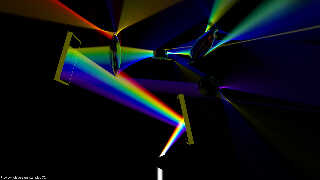
Preview of image 'rc3-extreme_photons-bk7.jpg'
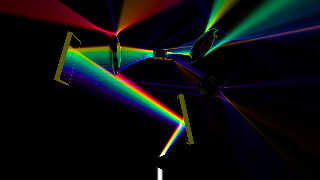
Preview of image 'rc3-extreme_photons-uniform.jpg'
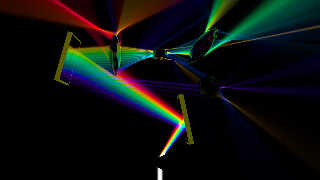
Preview of image 'rc3-extreme-container1.jpg'
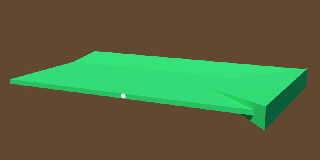
Preview of image 'rc3-extreme-container2.jpg'
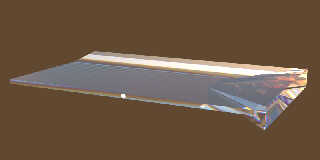
|
 |




![]()